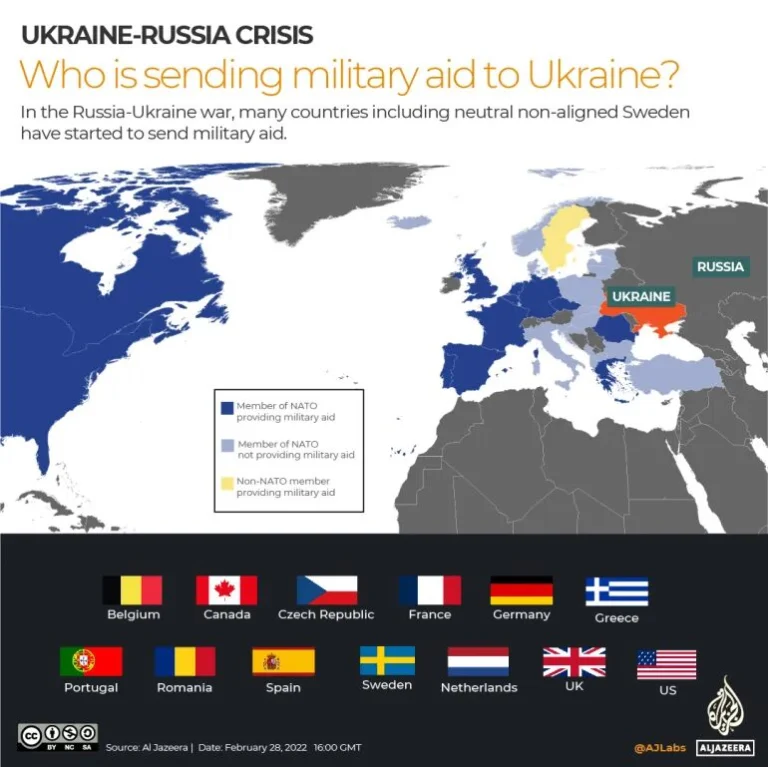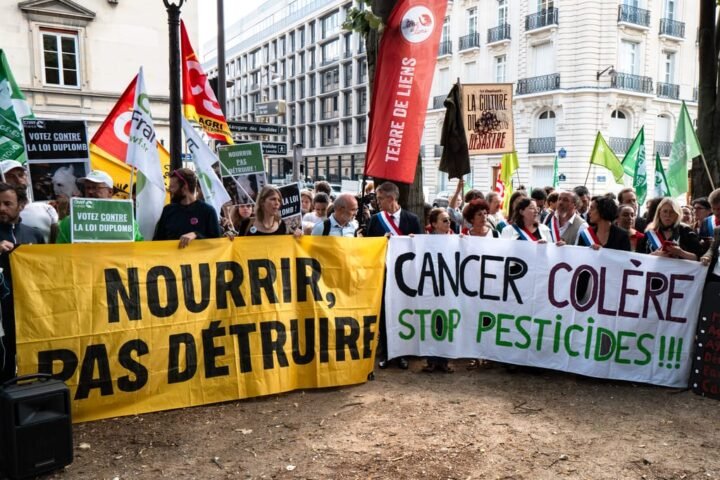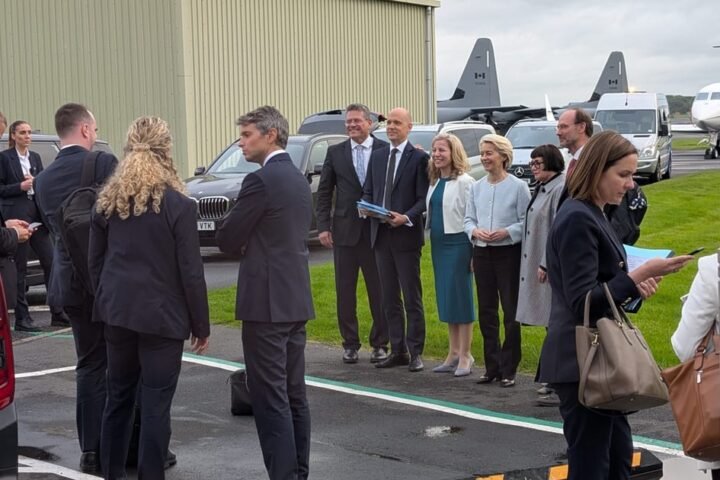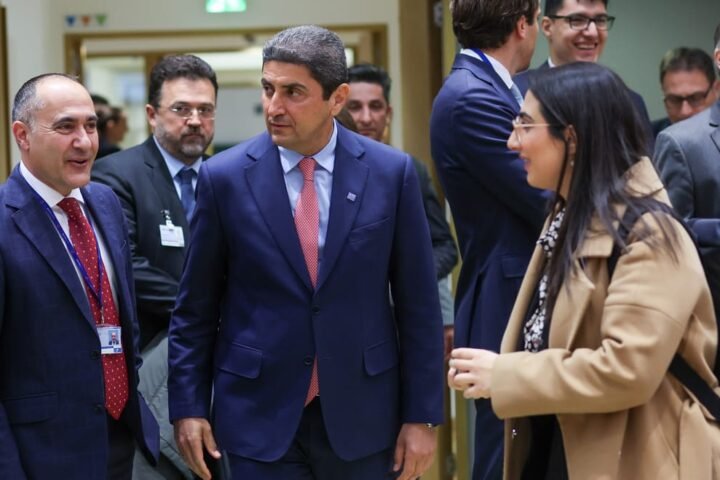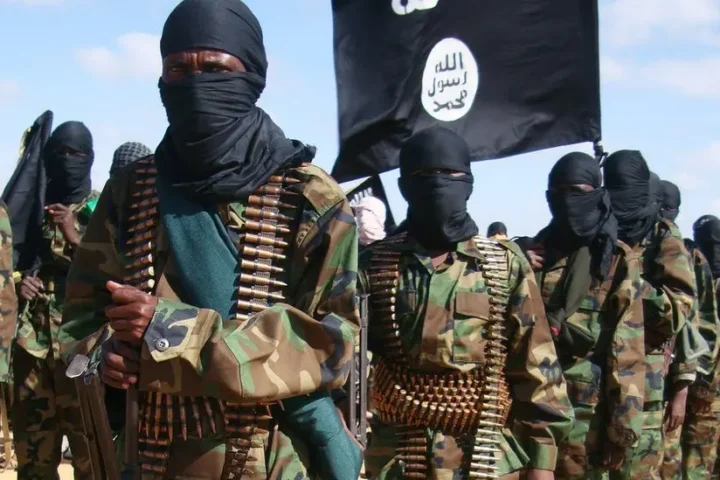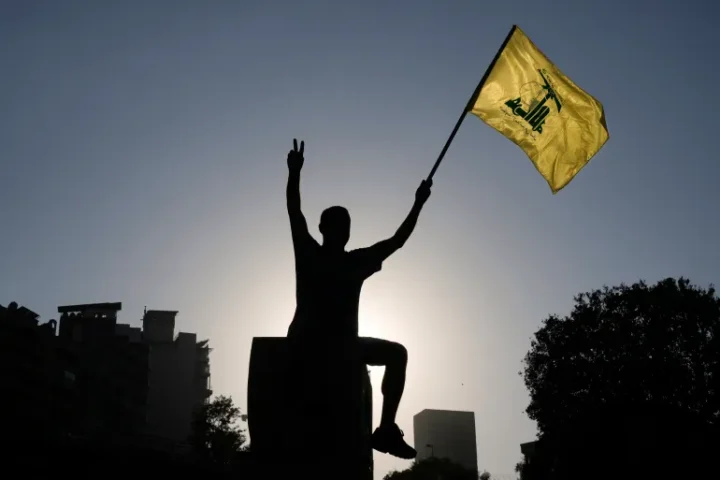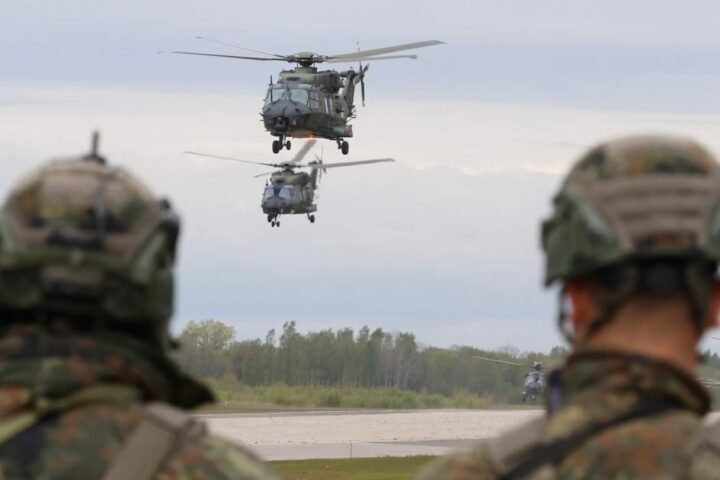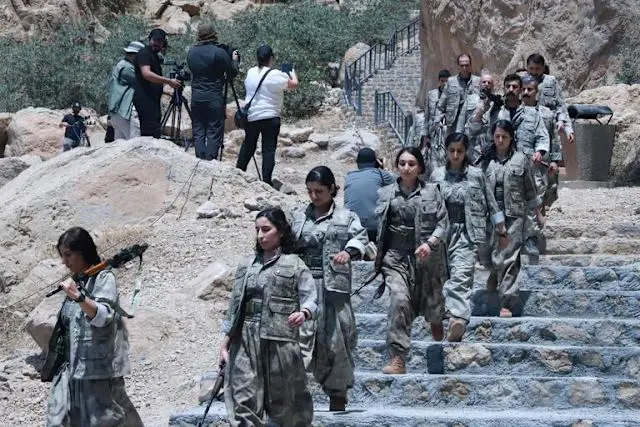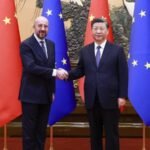Ukraine military aid 2025 surges as Norway, Sweden, and Denmark pledge $500 million for Patriot missiles and defense systems under a new NATO-led initiative to counter Russian aggression.
7 Critical Facts About Ukraine Military Aid 2025: Nordic Nations Unite with $500 Million Defense Boost
On August 6, 2025, Norway, Sweden, and Denmark announced a significant military aid package totaling $500 million as part of a NATO-coordinated initiative. This package, included in the Prioritized Ukraine Requirements List (PURL), provides Patriot missile systems, anti-aircraft defenses, and anti-tank munitions to bolster Ukraine’s defense against ongoing Russian aggression, reports 24brussels.
This announcement occurs during a critical phase of the conflict, with Russian forces intensifying their operations in the Donetsk and Kharkiv regions and Ukraine grappling with ammunition shortages that weaken its air defense capabilities. The new funding assures a swift supply of American-made weaponry essential for countering drones and missiles.
The initiative signifies a shift towards streamlined, multilateral procurement by enabling NATO allies to consolidate resources for purchasing U.S. military equipment for Ukraine, eliminating the usual bilateral delays and facilitating quicker delivery.
Ukraine Military Aid 2025: How the Nordic Package Strengthens the Frontlines
The $500 million aid package is distributed among the three Nordic nations as follows:
- Sweden: $275 million—signifying its increasing role in European defense.
- Norway: $146 million (1.5 billion NOK)—aimed at hastening delivery timelines.
- Denmark: $90 million, with intentions to consider further support.
The delivered equipment will comprise:
- Patriot air defense missiles—integral for safeguarding cities and military infrastructure from Russian aerial attacks.
- Anti-aircraft systems—to combat the rise in drone assaults, with over 6,000 incidents in July alone.
- Anti-tank munitions—crucial for frontline forces facing Russian armored advances.
The funds will be allocated through the PURL (Prioritized Ukraine Requirements List), a NATO mechanism established in July 2025 during discussions between NATO Secretary General Mark Rutte and U.S. President Donald Trump. Under PURL, allied nations finance pre-approved U.S. weapons packages that are then directly dispatched to Ukraine with NATO oversight.
Geopolitical Context: A Shifting Landscape of Alliances and Economic Pressure
The Ukraine military aid 2025 initiative exists within a broader global struggle, transcending military engagement to include energy markets, trade wars, and diplomatic tensions.
While the Nordic contribution fortifies Ukraine’s defenses, Russia has adapted its tactics, increasing the use of long-range drones and precision strikes—with 36% of 46 drones launched on August 5 successfully hitting targets in eastern Ukraine, marking a significant uptick in effectiveness. This evolution emphasizes Ukraine’s growing air defense gap, making the new aid even more crucial.
U.S. President Donald Trump also issued a Friday, August 8 ultimatum to Russian President Vladimir Putin, threatening 100% tariffs on countries purchasing Russian oil, primarily targeting India and China, key importers. In response, Kremlin spokesperson Dmitry Peskov characterized the ultimatum as “illegal” and “unacceptable,” reaffirming Russia’s sovereignty in trade dealings.
NATO’s Evolving Role: From Coordination to Strategic Leadership
The PURL mechanism signifies a transformation in NATO’s role in the conflict. Rather than depending only on U.S. leadership, the alliance is now orchestrating a collaborative defense financing model in which European partners assume greater responsibility for Ukraine’s military requirements.
The $500 million Nordic package represents the second contribution under PURL, following a similar commitment from the Netherlands the previous day. Collectively, these pledges exceed $1 billion, indicating a long-term commitment to Ukraine’s defense.
NATO Secretary General Mark Rutte expressed gratitude for the Nordic nations’ swift actions:
“We thank Denmark, Norway, and Sweden for their swift action. This support will save lives and strengthen Ukraine’s ability to defend itself.”
The alliance anticipates regularly introducing additional $500 million packages funded by other members and Canada, ensuring a predictable flow of weaponry—a pivotal change from the inconsistent aid patterns of the past.
Strategic Importance of the Delivered Weapons
The weapon systems included in the Ukraine military aid 2025 package are essential for operational success.
- Patriot Missiles: Among the world’s most advanced air defense systems, capable of intercepting ballistic missiles, cruise missiles, and drones, their deployment could shield key urban centers like Kyiv and Dnipro from distant strikes.
- Anti-Aircraft Systems: These will complement Patriot units to address gaps in Ukraine’s comprehensive air defense systems, particularly in eastern regions.
- Anti-Tank Munitions: Crucial for resisting Russian armored advancements in contested zones like Chasiv Yar, where combat intensity remains high.
The fact that the equipment is U.S.-made but European-funded reduces political tension in Washington, where discussions concerning aid allocation continue to be contentious. It highlights a burden-sharing model that may serve as a template for future contributions.
Political and Military Repercussions
The Nordic announcement coincides with a deteriorating humanitarian environment in eastern Ukraine. On August 5, a Russian drone strike on Lozova, near Kharkiv, resulted in one fatality and several injuries, highlighting the urgent necessity for upgraded air defenses.
Ukrainian officials, including Presidential Chief of Staff Andriy Yermak, accused Moscow of utilizing diplomatic engagements as tactics for delay, rejecting negotiations that do not stipulate the complete withdrawal of Russian forces.
Simultaneously, Russia has apprehended a military officer for allegedly plotting to assassinate a defense industry executive and coordinating attacks with Ukrainian forces—marking a rare indication of internal instability within the Russian military.
Conclusion: A New Era of Multilateral Defense Support
The $500 million Nordic military aid package emerges not merely as a financial contribution but as a
